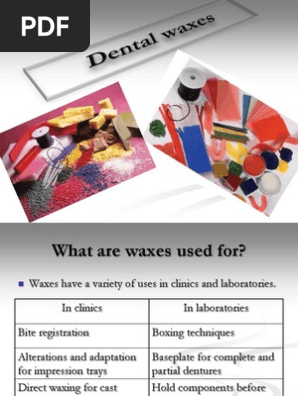0% found this document useful (0 votes)
186 views19 pagesHyperemia and Congestion
The document presents an overview of hyperemia and congestion, highlighting their definitions, types, clinical significance, and treatment options. Hyperemia is an active process characterized by increased blood flow due to arteriolar dilation, while congestion is a passive process resulting from impaired venous outflow. The document also discusses the global prevalence of these conditions and their impact on health.
Uploaded by
tashfanoor2005Copyright
© © All Rights Reserved
We take content rights seriously. If you suspect this is your content, claim it here.
Available Formats
Download as PPTX, PDF, TXT or read online on Scribd
0% found this document useful (0 votes)
186 views19 pagesHyperemia and Congestion
The document presents an overview of hyperemia and congestion, highlighting their definitions, types, clinical significance, and treatment options. Hyperemia is an active process characterized by increased blood flow due to arteriolar dilation, while congestion is a passive process resulting from impaired venous outflow. The document also discusses the global prevalence of these conditions and their impact on health.
Uploaded by
tashfanoor2005Copyright
© © All Rights Reserved
We take content rights seriously. If you suspect this is your content, claim it here.
Available Formats
Download as PPTX, PDF, TXT or read online on Scribd
/ 19

























































































